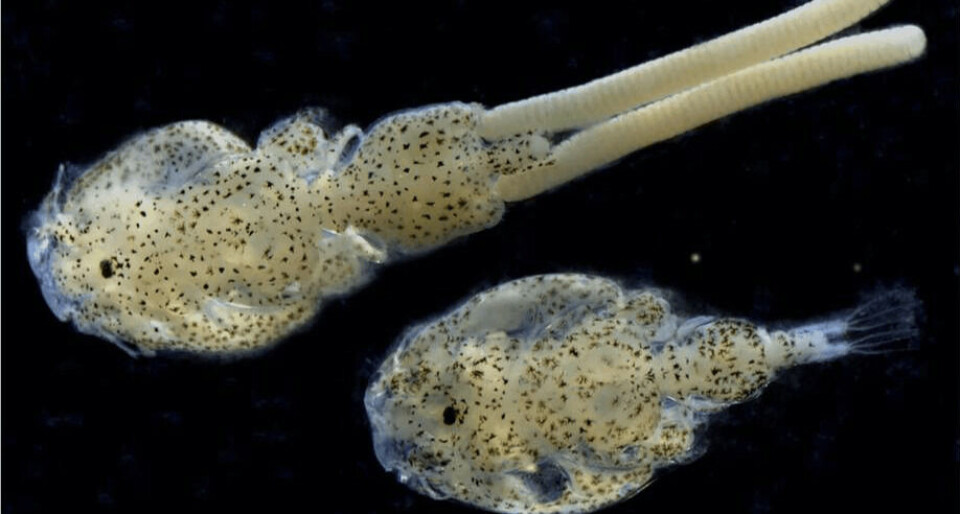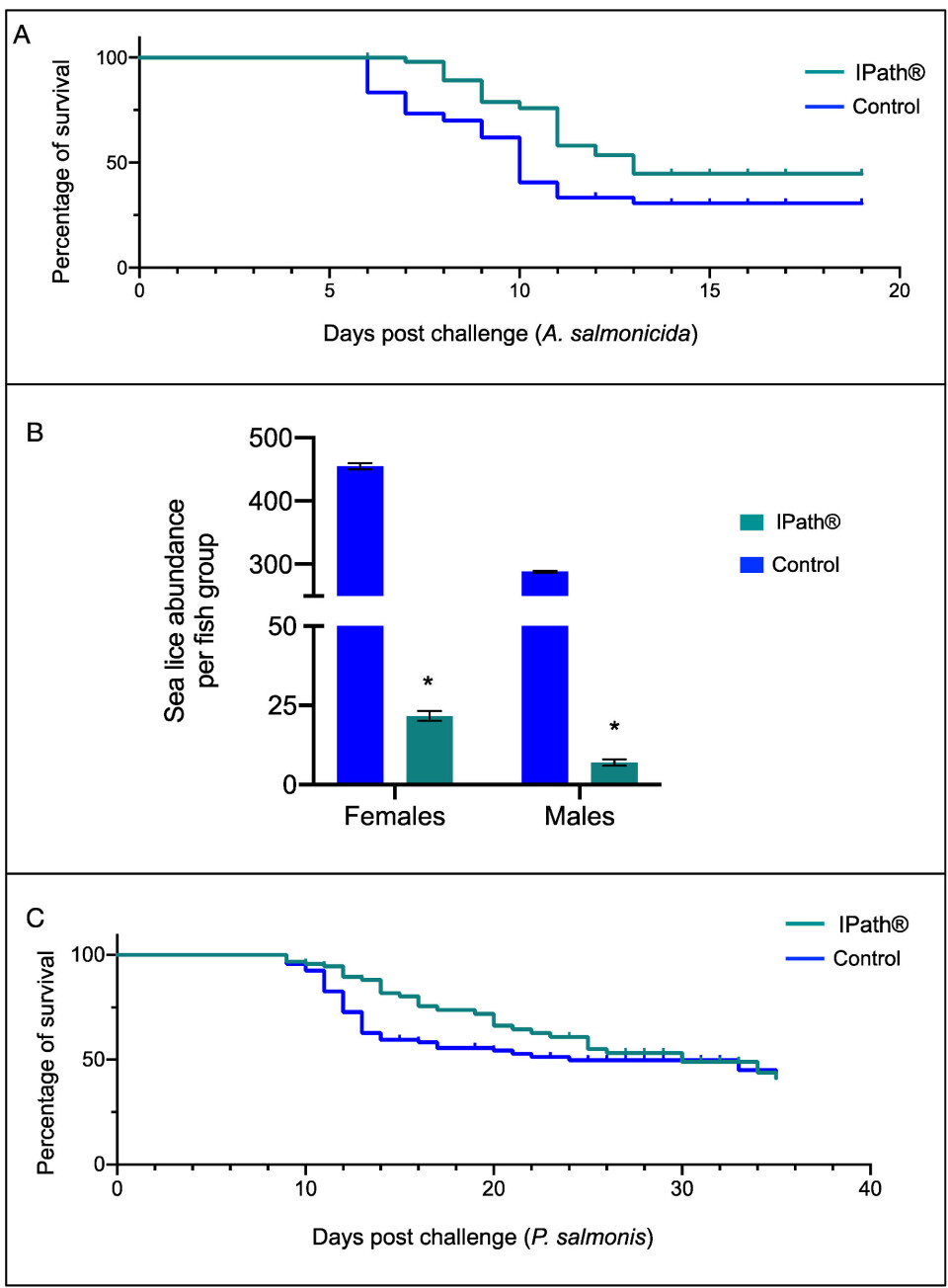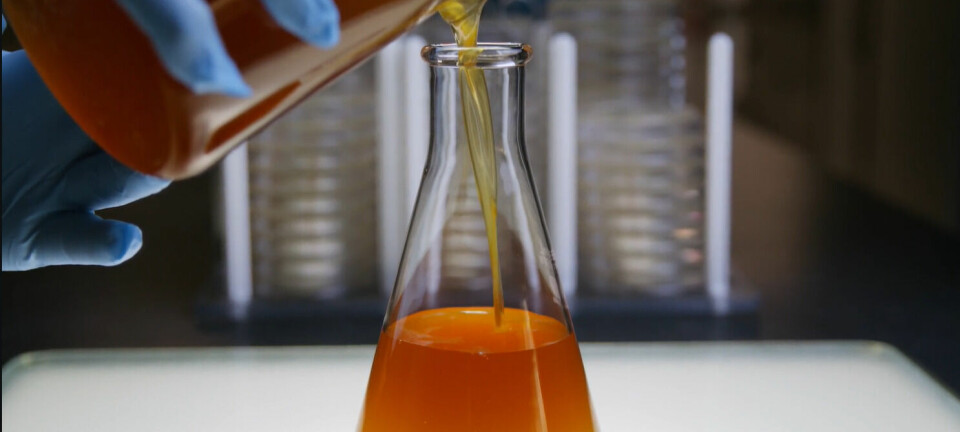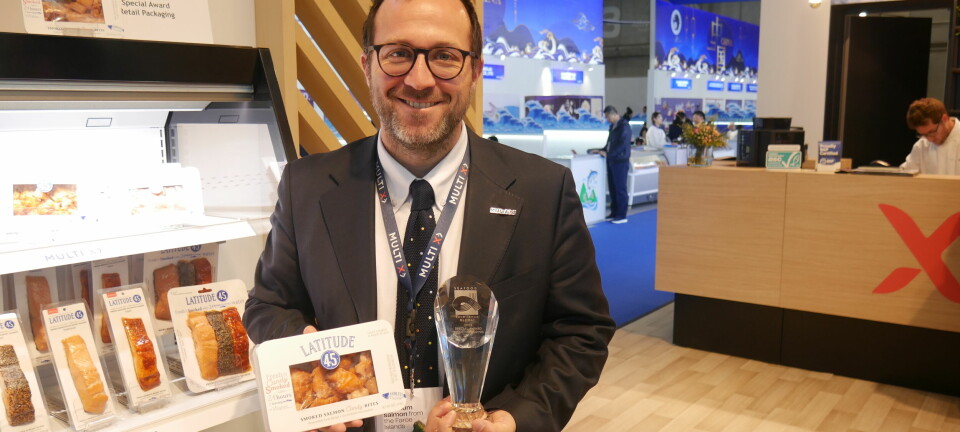
Chile: Iron-carrying protein helps protect salmon
Researchers in Chile have created “IPath”, an iron bonding protein that delayed mortality curves in fish infected by Aeromonas salmonicida and Piscirickettsia salmonis (which causes SRS) and reduced sea lice Caligus rogercresseyi burdens.
The availability of iron within an organism is regulated by a series of proteins with a high affinity to iron transport and storage, such as ferritin, transferrin and hepcidin.
Previous studies have evaluated different tools to limit the availability of iron in salmonid species in order to control or limit infections by aquaculture pathogens.

Improved immunity
Under this concept, scientists from the Incar Center and the University of Concepción developed a chimeric iron transporter protein which they called IPath, and which, according to experts, can improve the immunity of Atlantic salmon against infectious diseases.
The IPath sequence was created from transferrin and ferritin H sequences, and in vitro, the new protein was shown to be an iron chelator. Chelation is a type of bonding of ions and molecules to metal ions.
During the development process, the researchers formulated a vaccine which contained the chimeric protein and evaluated its effectiveness in vivo to protect 90-gram salmon against experimental infection with A. salmonicida, P. salmonis, and C. rogercresseyi.
Ferritin genes
In general, Atlantic salmon vaccinated with IPath showed up-regulation of ferritin genes and genes associated with haem biosynthesis and degradation (haem is a metal complex with iron as the central metal atom that can bind or release molecular oxygen) compared to fish in the control group.
The transcription of immunity-related genes was down-regulated in fish immunised with the vaccine, however, the evaluation at the transcriptional level of IgT (a mucosal antibody) showed an increasing activity before challenge with the different pathogens.
“Transcriptional analysis evidenced a high modulation of iron-homeostasis-related genes in fish vaccinated with IPath compared to the control group during the infection. Moreover, increasing expression of Atlantic salmon IgT was associated with IPath immunisation,” the creators of the vaccine stated.
Significant lice reduction
The effectiveness of the vaccine was evidenced during infection by A. salmonicida and P. salmonis, delaying the mortality curves and significantly reducing the burden of sea lice.
“Significant sea lice burden reduction was recorded in vaccinated Atlantic salmon, with an average sea lice burden of 17 in vaccinated fish compared with an average burden of 407 adult sea lice in the control fish group”, the authors said.
In light of their results, the researchers concluded that “this study provides evidence that the IPath protein could be used as an antigen or booster in commercial fish vaccines, improving the immune response against relevant pathogens for salmon aquaculture”.
Read the full study entitled “Chimeric Protein IPath® with Chelating Activity Improves Atlantic Salmon’s Immunity against Infectious Diseases”, here.




















































